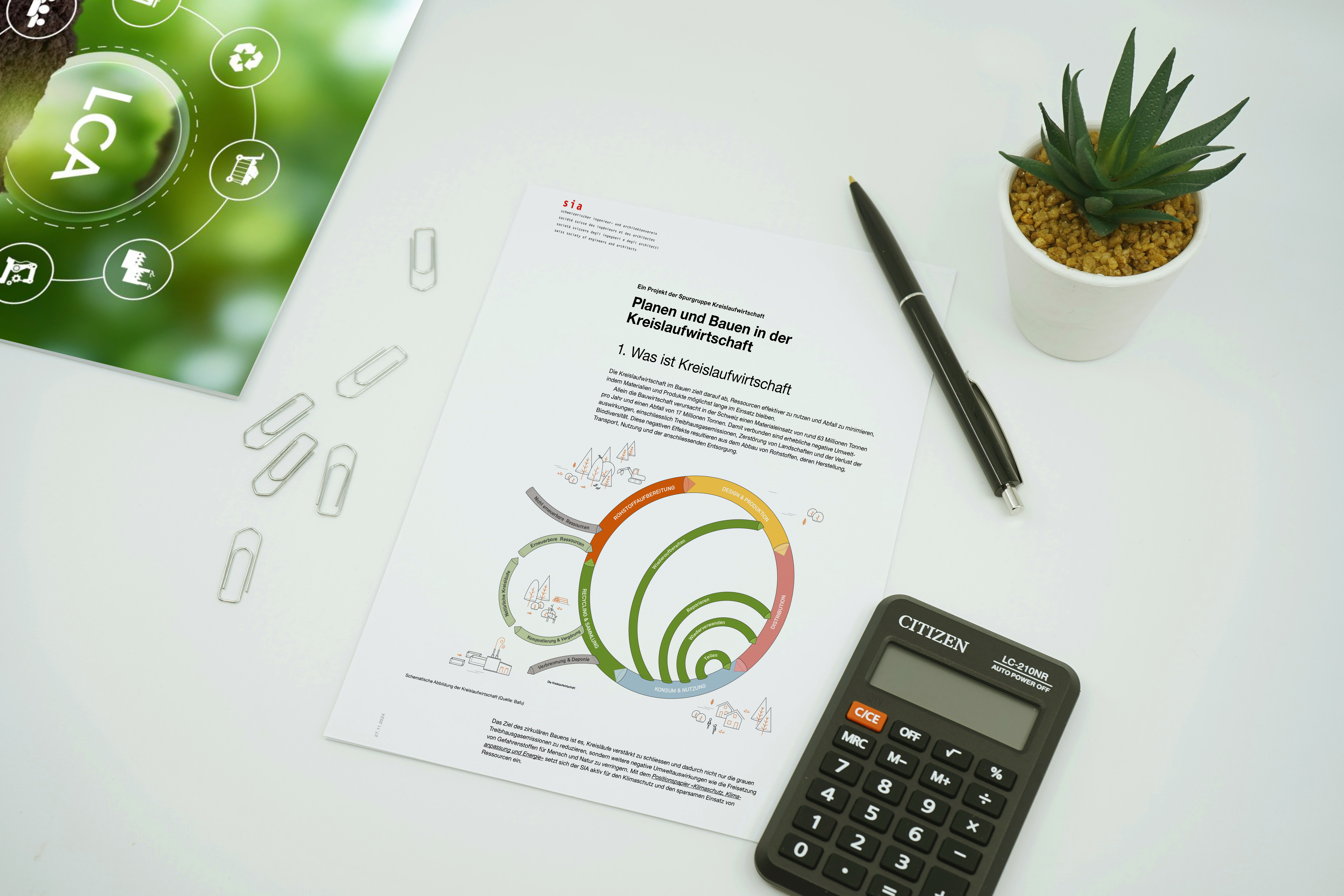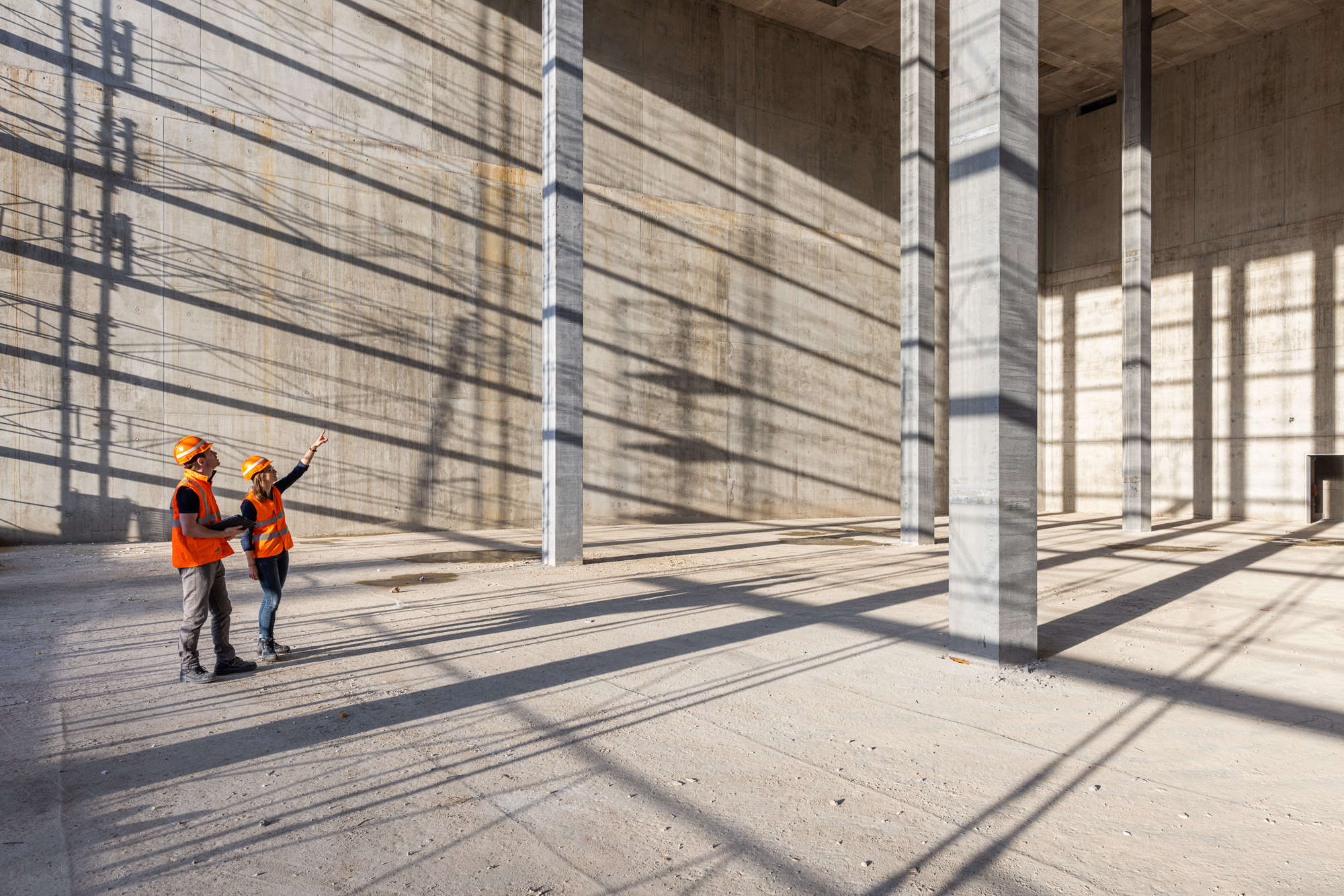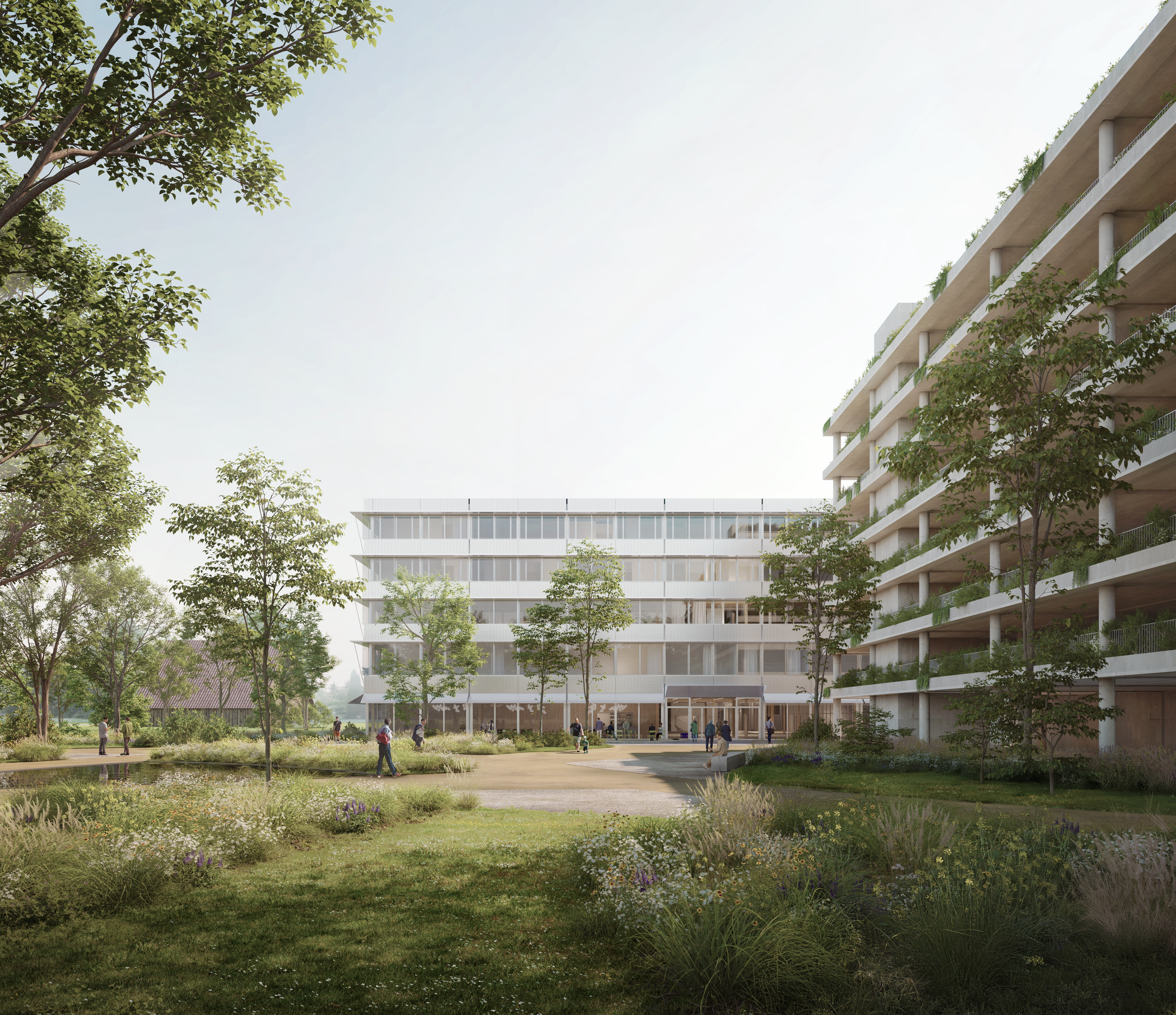"Not building is better" - Lorenz Held at the Stratus Convent
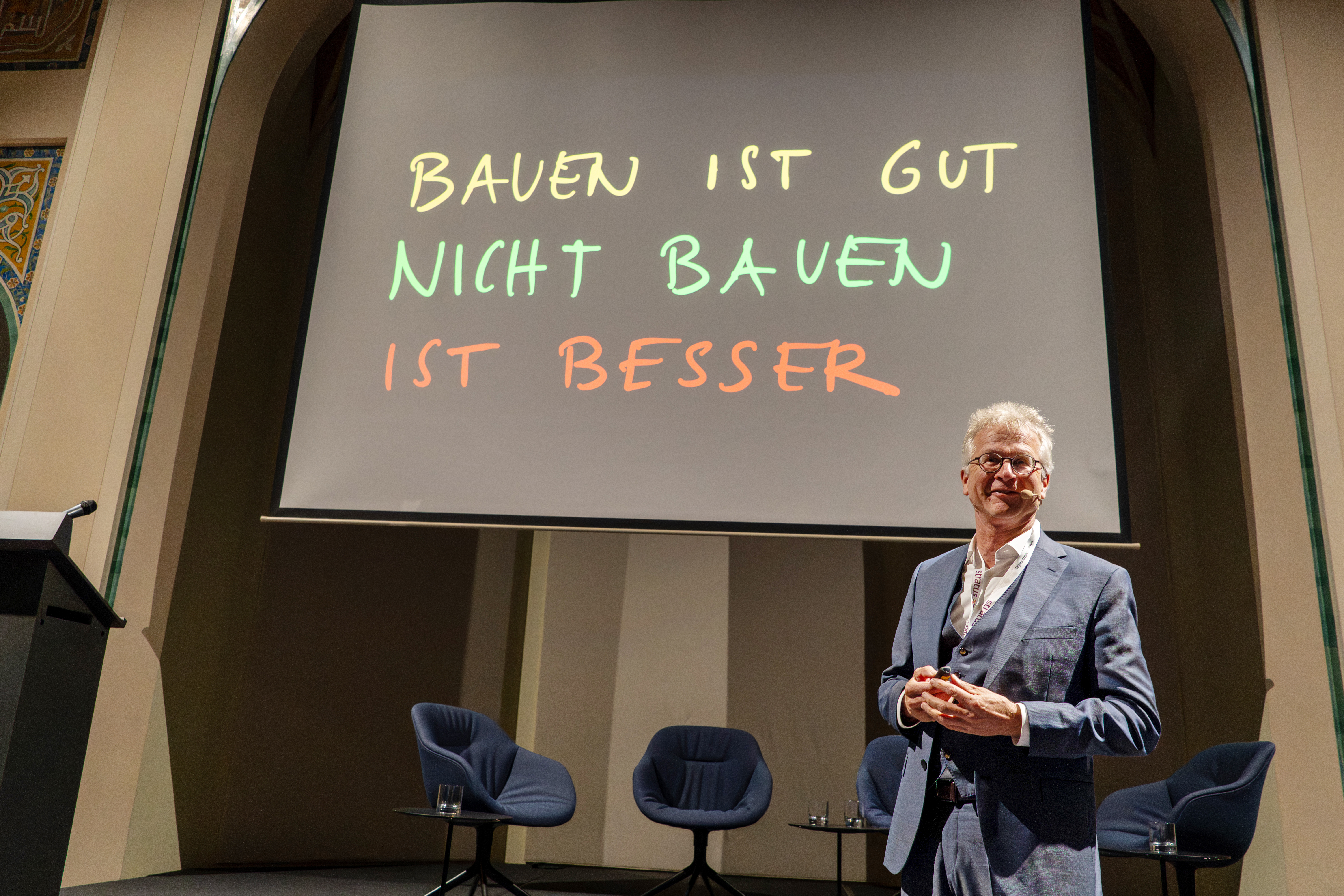
At this year's Stratus Convent, the keynote speaker presented a provocative thesis: "Building is good. Not building is better," said Lorenz Held, former cantonal architect of Bern, to the invited real estate managers. This was a plea for building within existing structures and for a long-term approach. The convention's workshops also discussed how the real estate sector could become more sustainable.
The "Stratus Convent" is a forum to which Basler & Hofmann has been inviting clients of Stratus services for 10 years now. This year, around 50 real estate and infrastructure managers attended the event to discuss strategic challenges in real estate portfolio management. The venue for the exchange was the Historical Museum in Bern, which is about to undergo its first comprehensive renovation since it was founded 135 years ago.
Lorenz Held's keynote speech also focused on the value of "renewal" instead of replacement buildings in the real estate sector. The architect and former Bernese cantonal architect referred to one of his predecessors, Urs Hettich. The magazine Hochparterre wrote about him in 1989: "Not building is his pride". Hettich was regarded as a "preventer of unnecessary construction" (quote from Hochparterre). "He was one of the first to pay attention not only to architecture, but also to long-term costs," said Held at the "Stratus Convent". Instead of erecting new construction, Hettich advocated conversion and planning that took into account, for example, the possibility of adding storeys at a later date - with the aim of saving costs.
Building within existing structures - or not building
"Today, the ecological footprint of buildings is becoming increasingly important. Due to the optimization of operating energy, embodied energy is increasingly coming into focus," said Held. The building sector is still responsible for around a third of CO2 emissions in Switzerland; emissions are generated during the construction and operation of buildings. "We should preserve what has value," said Held. This also reduces CO2 emissions. A lot of CO2 is already stored in a concrete building, for example. “If such as building is preserved and given value, the CO2 is not released.”

Other approaches to sustainable real estate portfolio management
Held brought three further considerations for sustainable real estate portfolio management to the Convention: he addressed the often inadequate utilization of buildings, increasing building services and the value of old buildings. His approaches:
- Increase utilization. "A lot of space is poorly utilised," said Held. For example, many office buildings are almost empty on Fridays. At the same time, there is demand for more space. But instead of building more, utilisation could be increased through organisational measures and flexible use of space. This means that additional space or even new buildings may not be necessary.
- Low tech - high thinking. Building services account for an increasingly large proportion of investment costs. "Many buildings today are highly technical," criticized Held. "We should learn again to use the simple and low-tech options, such as the natural shading of buildings."
- Give greater weight to life cycle costs. "Listed buildings often age better than new buidlings," Held noted. Many older buildings were designed for a longer service life. "So be happy if you have a high proportion of listed buildings in your portfolio," Held said to the real estate managers and advised them to "pay more attention to optimal life cycle costs, not just investment costs."
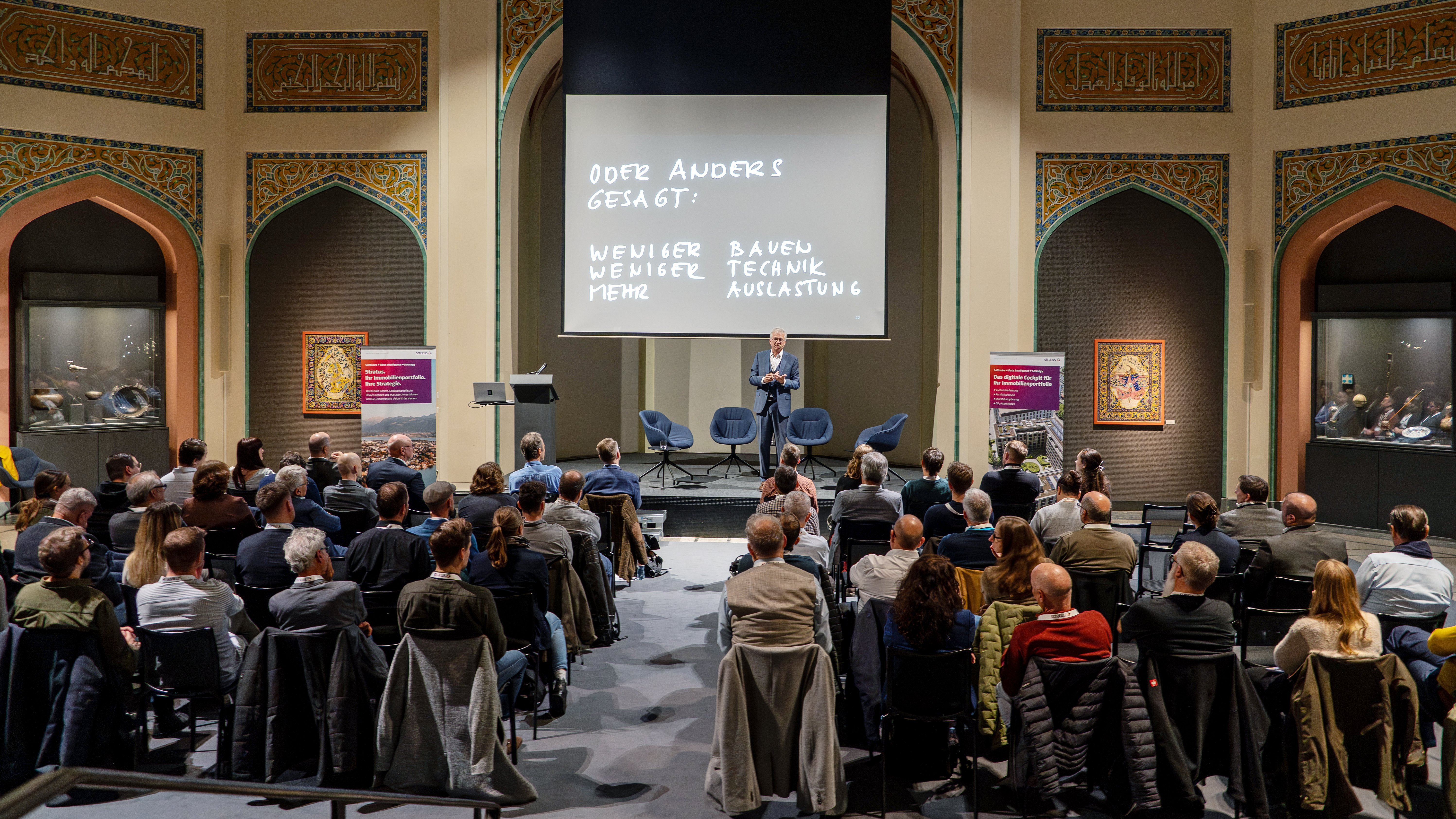
Workshops and a hackathon provide food for thought
Sustainability in the real estate sector was also a topic in the three workshops at the "Status Convent 2025". Adrian Wildenauer, lecturer in digital construction, dedicated his workshop to the question of how organizations can manage the transfer of knowledge from the older to the younger generation in times of artificial intelligence (AI). He himself notes that the younger generation relies heavily on the answers provided by AI, while at the same time fewer young people are choosing to study construction and engineering.
A second workshop focused on outdoor spaces: Michael Löw-Le Bihan and his colleague Seline Tobler from nateco, a company that specializes in biodiversity concepts, invited property managers to make greater use of synergies between energy, nature and interior design.
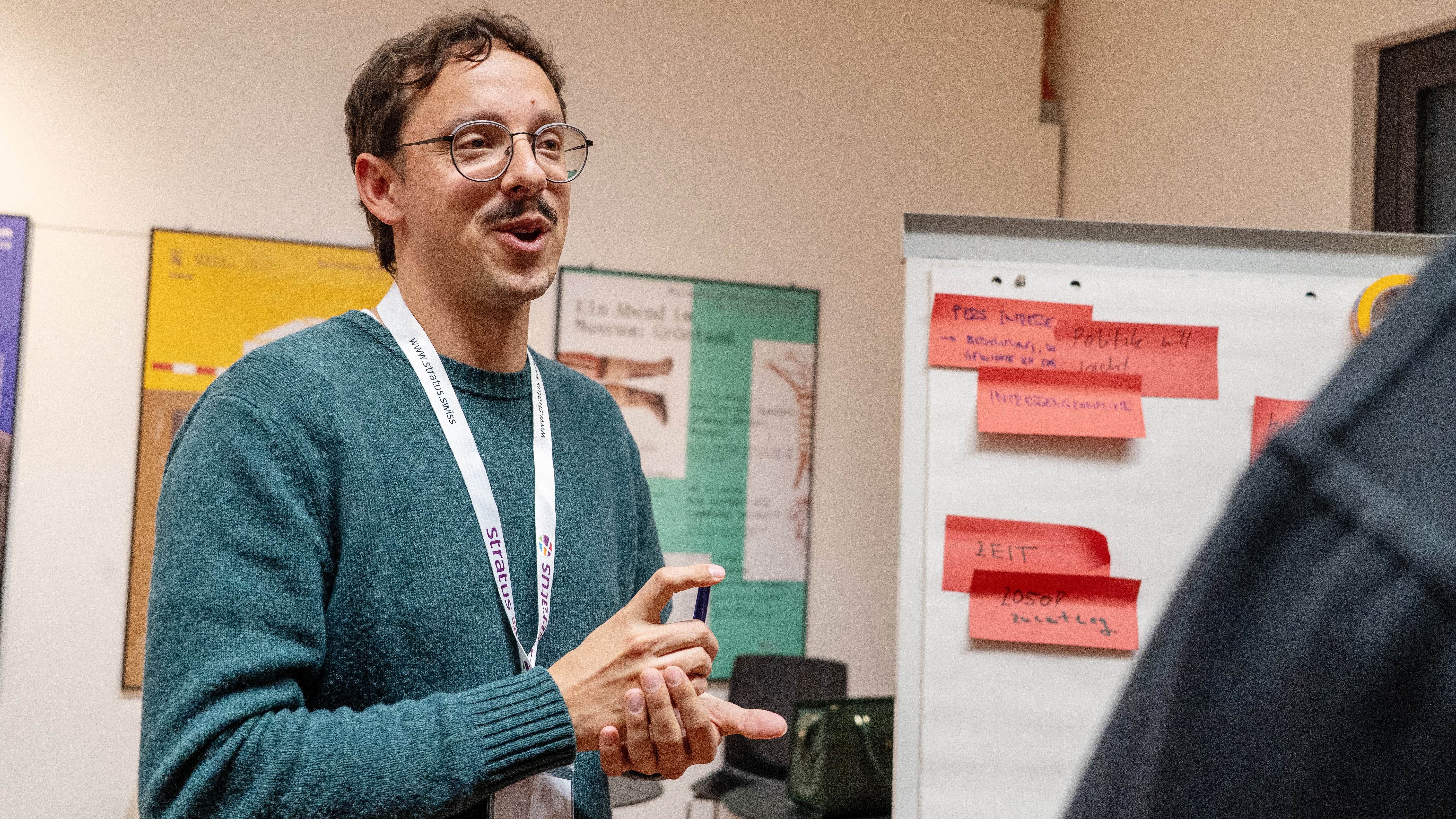
The third workshop, "Net-Zero Hack", was a hackathon. In an "idea sprint", the participants generated their own ideas for reducing CO2 in their area of responsibility in the real estate sector. The workshop was led by Dominik Hiller from 42hacks.com. As it turned out, many saw solutions in financial incentives, in making the costs and benefits of sustainable building visible, and in strategic guidelines.
More on digital and sustainable real estate portfolio management:
